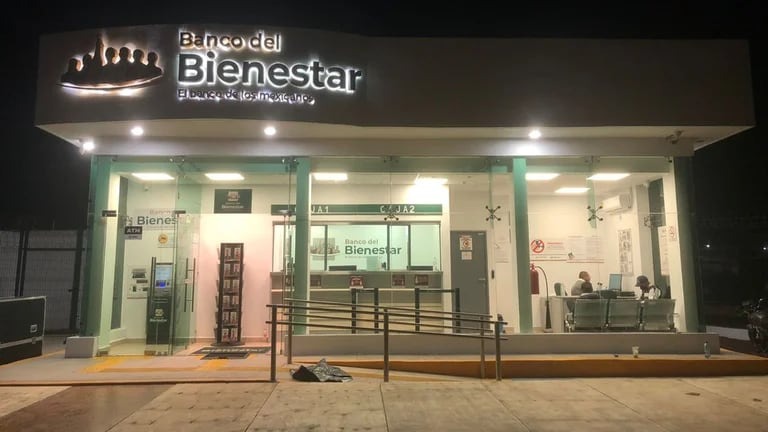Today marks the two-year anniversary of a political event that shocked the country and marked the break of a historic cycle in which three major parties alternately controlled the leadership of the Dominican Republic for more than half a century.
On October 6, 2019, the ruling Dominican Liberation Party (PLD), which had ruled for 20 years, split into internal primary factions to select its presidential candidate when its president, Lionel Fernandez, condemned a fraud against him. Castillo was promoted by President Danilo Medina.
The final count of open prizes held by the Central Electoral Board (JCE) is 911,324 votes for businessman Castillo and 884,630 votes for Fernandez.
Fernandez, who ruled the country for three terms (1996-2000, 2004-2008 and 2008-2012), announced his irrevocable resignation from the PLD, saying that the party founded in 1973 had become the Iron Observatory. Represented its members and acted in a dictatorial way. He immediately announced the formation of the new Fierza del Pueblo party, paving the way for a tripartite.
The decision appeared to repeat the resignation of former President Bosch from the Dominican Revolutionary Party (PRD) in 1973 to form the PLD. His arguments were similar to those of Fernandez, who had been critical of his colleagues at the palace dome since 2015.
Fernandez expressed himself when they imposed constitutional reform from 2010 to re-elect President Medina (2012-2016 and 2016-2020) in succession.
Fernandez intensified his positions in 2019 amid widespread rumors of another attempt to reform Magna Carta for the same purposes. The agreements of the Political Committee were also violated, including the replacement of the leadership of the House of Representatives, when Donald Lionelista re-elected Radomas Camacho over Demosthenes Martinez.
New Political Committee
The volcanic faction of the PLD reshuffled the political forces preparing for next year’s presidential, legislative and municipal elections, benefiting the then opposition modern Revolutionary Party (PRM), whose candidate Louis Abinader promised change. Dominicans.
In this way, the tradition of the three dominant powers was broken, which existed since 1963 when the BJP won Bash as a candidate for the first time. The organization was successful again in 1978-1982, 1982-1986 and 2000-2004. The final revenue of the Social Christian Reform Party (PRSC), which ruled for 22 consecutive years (1966-1978, “12 years”) with its leader Joachim Balaguer, was further removed in 1986-1996.
The rise of a new party since 2020, the PRM established in 2014 after the last major division of the BRT. The organization participated in its first elections in 2016, where it placed itself in a solid second place with 1,613,222 votes (34.98).
Not only did he win the municipal election last year, but he also won the legislative and presidential elections by re-nominating Abinader. The results of the first round were 2,154,876 votes (52.52%) against PLD and Gonzalo Castillo’s 1,537,041 votes (37.46%).
The trio will return
This phenomenon is also broken by the traditionally existing bipartisan system, first with the PRSC and BRD from 1966 to 1986 and the 2000-2012 electoral practices with the PLD and BRD. The results of the 2020 elections and the political processes developed by the PRM, PLD and Fuerza del Pueblo reflect the presence of a tripartite presence, which appeared by chance in the Dominican electoral system.
The PLD was precisely the catalyst for a tripartite in the 1986 electoral process, with a third majority; 1990, second; 1994, third and 1996, first majority in the second round. Sharing scenes with PRSC and PRD in each.
This time the purple party and the yellow star party have opened the door, while its leader Danilo Medina has been barred from running for president and vice president of the republic.
The leadership of Fuerza del Pueblo and former President Fenández became the third majority in the 2020 election and plans to add one million followers to their register by the end of this month.





